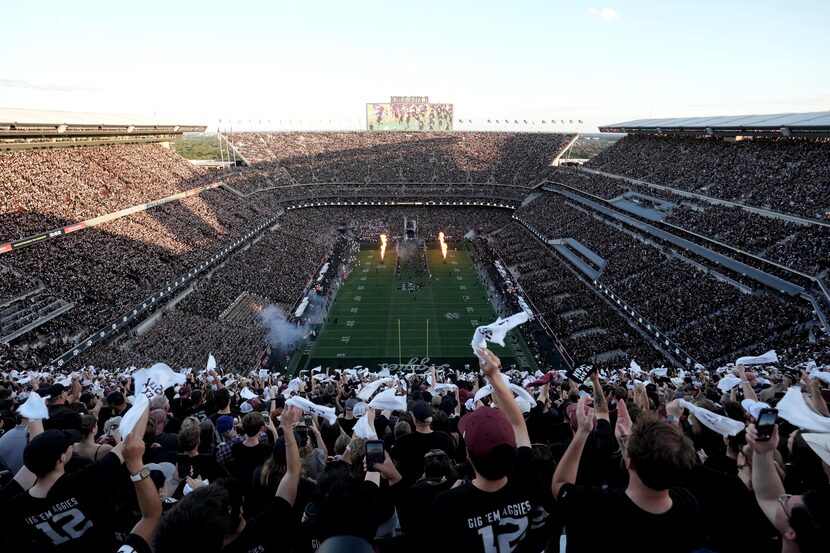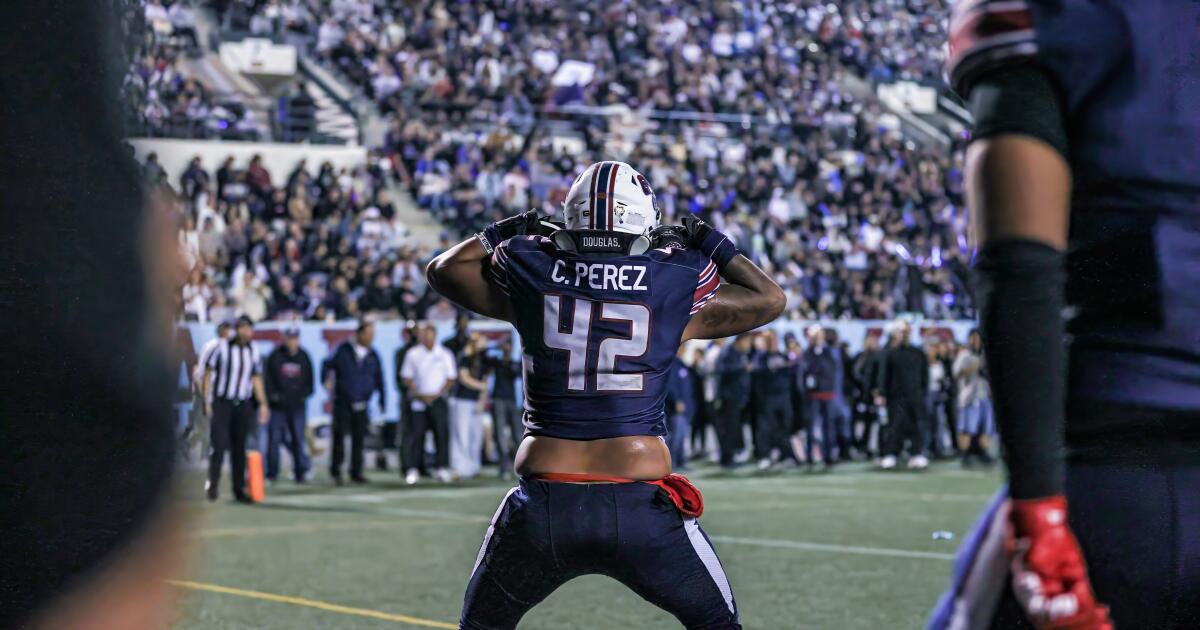URGENT UPDATE: A seismic shift is underway in college sports financing that could reshape the landscape forever. The NCAA has issued a stark warning about the potential dangers of private equity investment in college athletics. This advisory comes on the heels of the House v. NCAA settlement that allows universities to pay athletes directly, raising urgent financial concerns across various athletic departments.
As of June 2023, schools are permitted to allocate up to $20 million annually to compensate athletes across all varsity sports. While the total revenue from college athletics hit a staggering $13.6 billion in 2022, not all institutions are financially stable. Some are grappling with cash flow issues, prompting private equity firms to swoop in with offers of immediate capital to cover rising costs.
In a critical address on October 20, 2023, Charlie Baker, president of the NCAA, cautioned colleges to proceed with caution. “My message to everybody on this would be really simple: ‘Be really careful,’” he implored during a Big East roundtable on college basketball’s future. The situation is precarious, as private equity groups are increasingly targeting college sports, with a potential $2 billion cash infusion proposed for the Big Ten Conference alone.
The stakes are high. Athletic departments face the daunting challenge of meeting new compensation demands while maintaining competitiveness. If they fail to adapt, they risk losing athletes and fans to rival programs. Notably, Texas universities have so far resisted the lure of private equity, opting instead for a $515 million multimedia rights partnership between Texas A&M and Playfly Sports. This deal, reported by CollegeInsider.com, spans 15 years and includes opportunities related to Name, Image, and Likeness (NIL).
However, maintaining financial health will not be easy. The pressure is mounting as colleges navigate lavish facility upgrades and escalating salaries for coaches and staff. With reports indicating that even the richest conferences need to carve out tens of millions of dollars for athlete payments, smaller institutions could struggle just to keep their teams afloat.
The appeal of private investment lies in its speed, but it’s not without pitfalls. Traditional funding methods, such as borrowing from banks at low-interest rates, are giving way to uncharted territory involving private equity. Schools are contemplating these non-traditional tactics to finance everything from stadium renovations to international events.
While private equity may promise quick cash, it also brings burdensome repayment terms and restrictive covenants. This could further complicate the financial landscape for universities already facing difficulties in covering their rising obligations. The pressure to deliver returns may force schools to make tough decisions, including raising ticket prices or cutting budgets for non-revenue sports.
In a more innovative approach, some experts suggest leveraging fractional ownership models akin to the structure used by the Green Bay Packers. This would allow universities to issue regulated financial products directly to alumni and fans, creating a new channel for investment that could enhance loyalty and community support.
As the landscape evolves, Texas universities must consider strategies that prioritize their financial autonomy. The choice is not simply between growth and control; they can achieve both while maintaining their integrity and mission.
The future of college sports hangs in the balance as decisions made today will echo for years to come. Stakeholders are urged to stay informed and prepared for the rapidly changing environment.
Stay tuned for more updates as this story develops.







